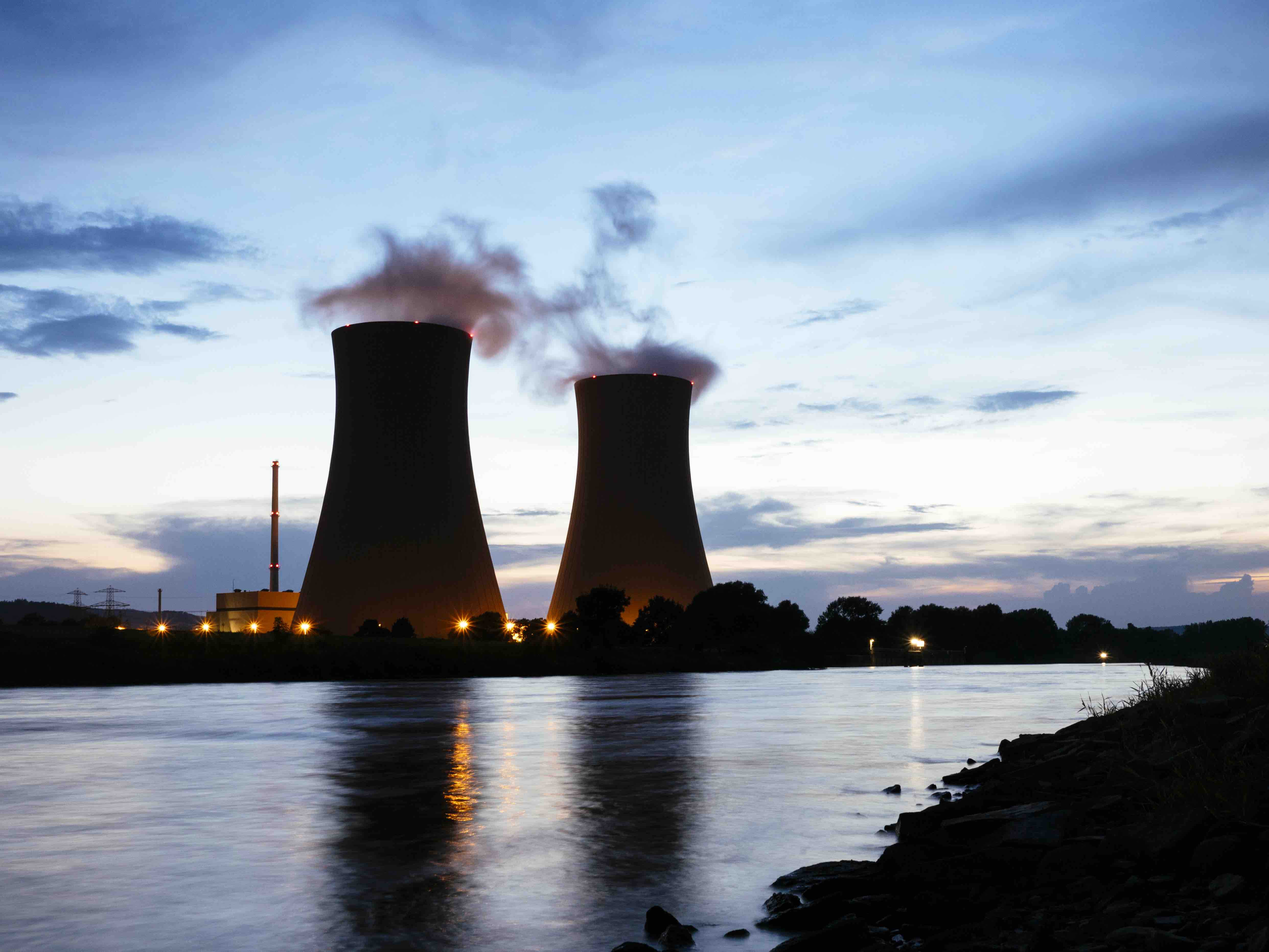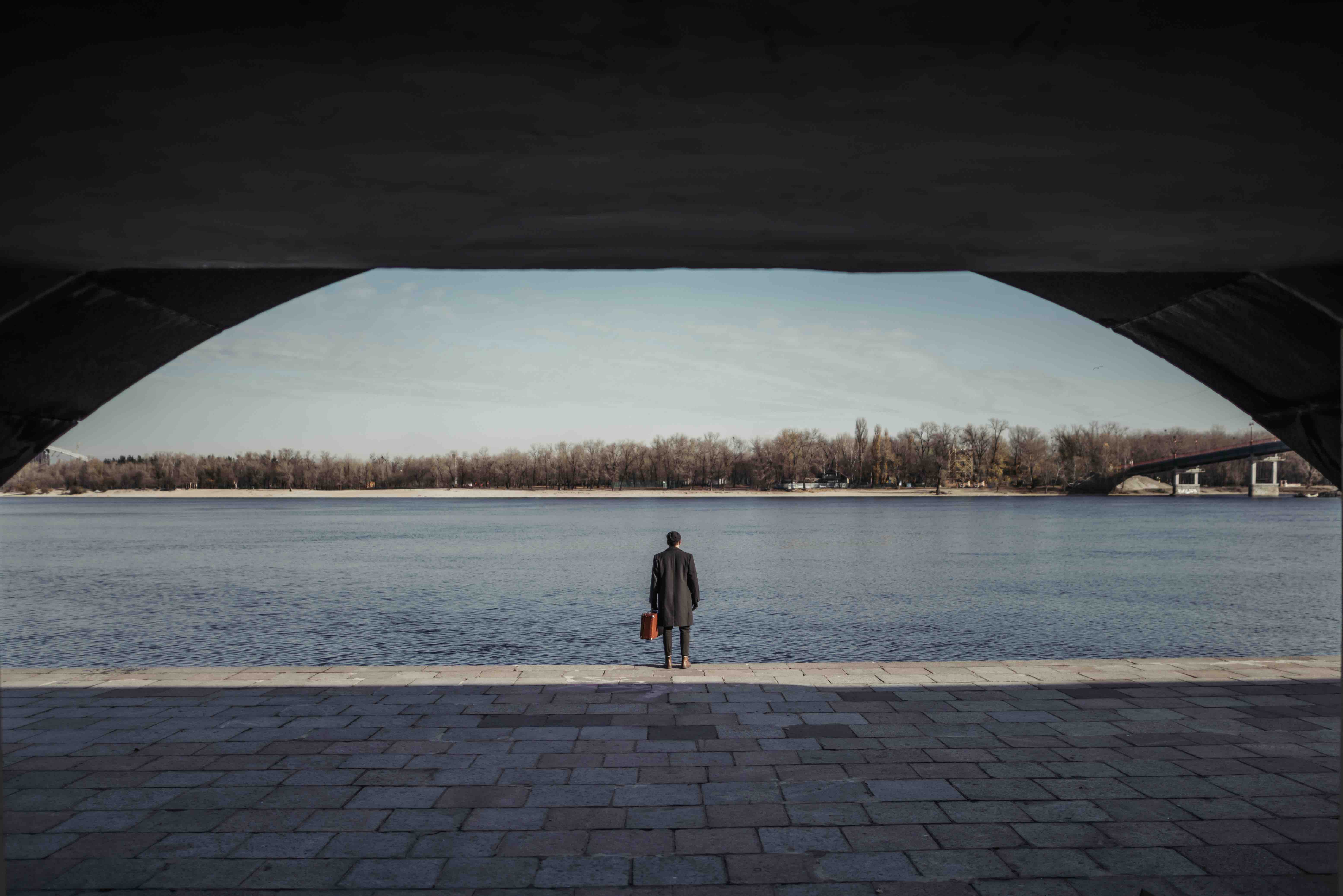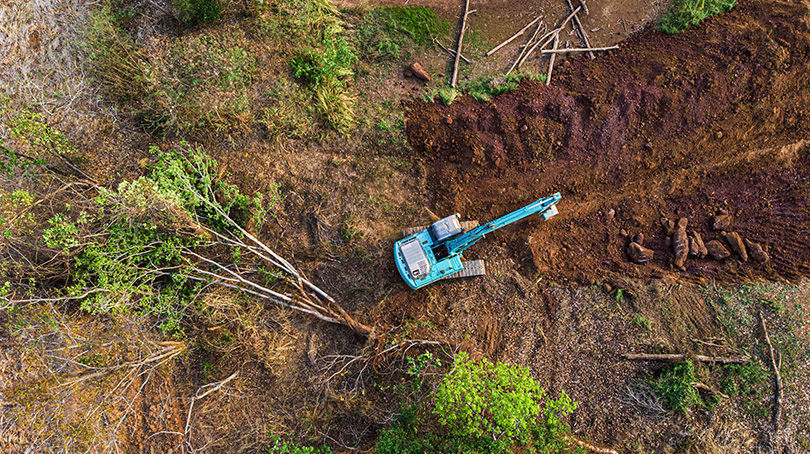There is a big problem with plastic waste that is hurting the ecosystem of the ocean. It poses a risk to the health of the ocean marine organisms, and humans, the safety and quality of food, and the tourism industry along the coast, and it contributes to climate change.
An incredibly promising attempt
The Great Bubble Barrier is a Dutch social company that is situated in the Netherlands and is experiencing rapid expansion. The Bubble Barrier is the first piece of equipment that employs a bubble curtain as a means of removing plastic waste from waterways.
With the assistance of bubbles, a Dutch startup that is run by sailors and surfers has developed a method that may halt waste in its tracks.
The Great Bubble Barrier consists of a perforated tube that is placed on riverbeds in order to generate a curtain of bubbles that push garbage toward the bank where it may be collected. And for such a low-tech device, it has shown to be astonishingly efficient, catching plastic particles as small as 1 mm and preventing as much as 86% of flotsam from inland waters from making its way to the ocean.
Issues of plastic in the ocean
Every year, more than 400 million metric tons of plastic are manufactured for use in a wide variety of industries and applications. At least 14 million tons of plastic are estimated to be dumped into the ocean each year, and estimates suggest that plastic accounts for as much as 80 percent of all marine trash discovered in areas ranging from surface waters to deep-sea sediments. Plastic waste in the ocean may be fatal to marine life because it can choke or entangle animals, leading to serious injury or even death.
Microplastics have been identified in tap water, beer, salt, and all ocean samples, even the Arctic. Several plastic compounds are carcinogenic and disrupt the endocrine system, producing developmental, reproductive, neurological, and immunological diseases in people and wildlife. Microplastics were detected in human placentas, but additional study is needed to understand if this is a prevalent issue.
The mechanism behind the innovation
The Bubble Barrier may be broken down into its three primary parts: the bubble curtain, the compressor, and the collection system. The three different parts are meant to collaborate with one another in order to produce the most effective solution possible for each specific area.
The bubble curtain is produced by forcing air through a tube that is perforated and is attached to the underside of the canal. The bubble curtain generates a vertical current that brings the plastic to the surface where it may be collected. When the Bubble Barrier is positioned such that it runs diagonally across the river, the natural flow of the water will force the plastic debris to the side, where it will be collected by the catchment system.
The bubble curtain and the catchment system are meant to collaborate in order to collect and keep the plastics that are in the water. After it has been collected, it will be removed so that it may be processed and used again.
Bubble Barrier Benefits
The technology used by the Great Bubble Barrier functions nonstop, is effective regardless of the level of the water, and does not obstruct the passage of river traffic or aquatic life. Due to the fact that the trials in the Netherlands were so successful, the next two bubble barriers are going to be installed in Portugal and Germany respectively.
Fish and other marine life are able to pass through the system, and the bubble curtain helps to lessen the impact that ship traffic has on the surrounding marine environment. The Bubble Barrier allows ships to pass through, and as a result, it does not interfere with regular river activities. Additionally, the system is adaptable to a wide variety of locations and does not necessitate any changes to the local infrastructure.
Because the majority of technological solutions, like the Bubble Barrier, can only handle a subset of problems, it is important to keep in mind that there will always be a demand for a solution portfolio. Naturally, reducing the use of plastics and the amount of pollution they cause will be beneficial no matter where you go, and may really have the largest impact.







